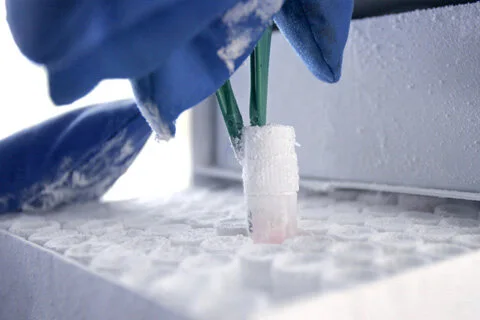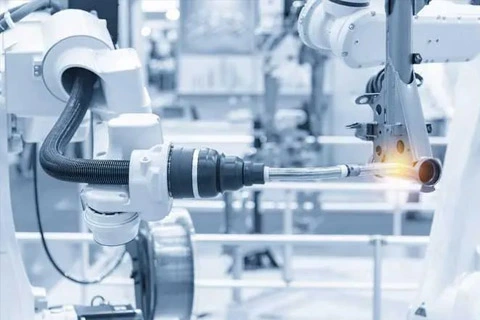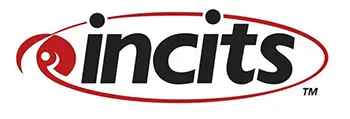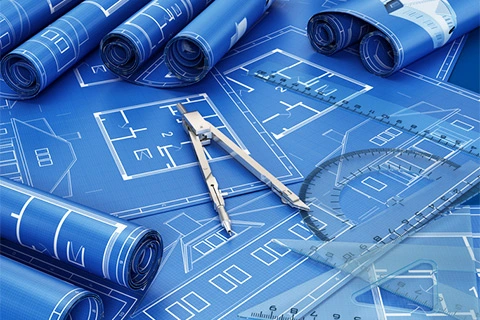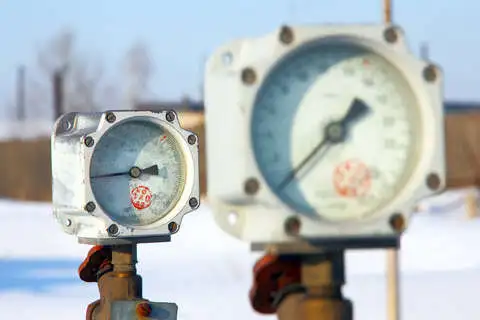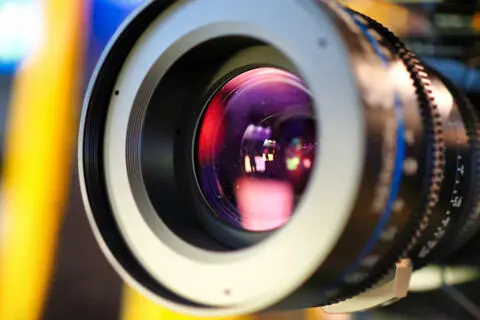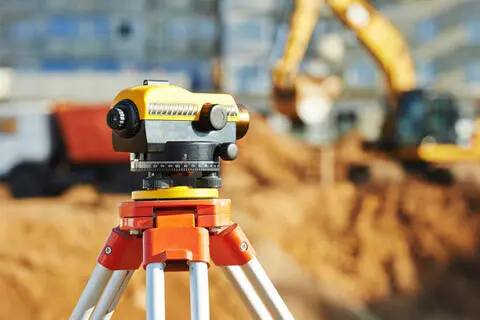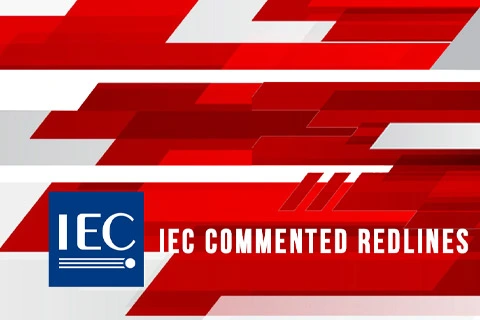An IECEE Test Report Form (TRF) is a document prepared by a National Certification Body (NCB) allowing a test laboratory to record the evidence and the results of the tests and analysis made on a product. Its primary intent is to support the emission of a Certification Body Certificate. Close to 2,000 TRF are available, they focus mainly on electrical safety standards.
The required information to document a test or analysis is included in the TRF. It uses a common structure fully aligned with the structure of the IEC or ISO standard. No need to spend days to create your own forms, with the risk of forgetting something. These TRF will save you time and money.
The TRF publications may be reproduced in whole or in part for non-commercial purposes as long as the IECEE is acknowledged as copyright owner and source of the material. IECEE takes no responsibility for and will not assume liability for damages resulting from the reader's interpretation of the reproduced material due to its placement and context.

